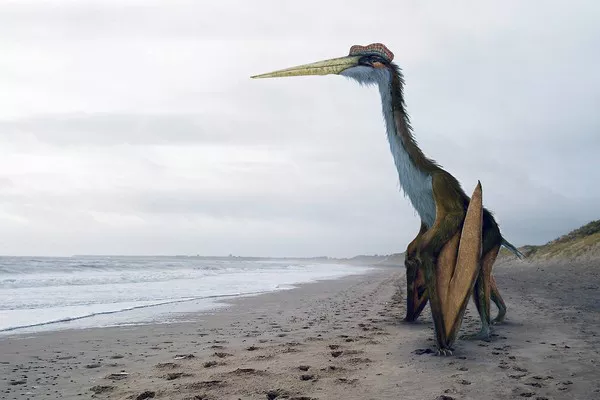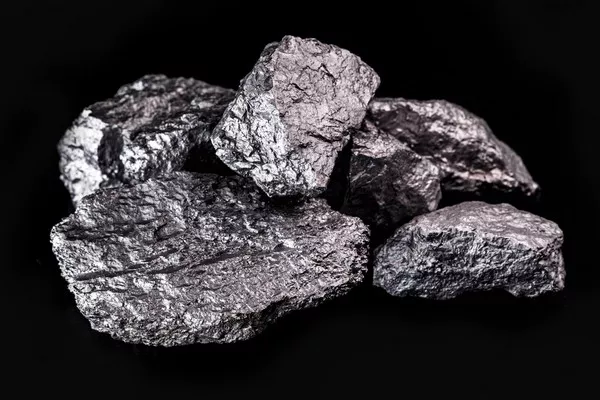The Earth’s history is marked by the presence of colossal creatures that once roamed its vast landscapes. These majestic beings, now long extinct, were the giants of their time, leaving behind fossils that tell tales of a bygone era. In this article, we delve into the fascinating world of the 10 largest extinct animals that once dominated the Earth, uncovering the mysteries of their existence and understanding the roles they played in shaping the planet’s ecosystems.
10 Largest Extinct Animals
1. Argentinosaurus
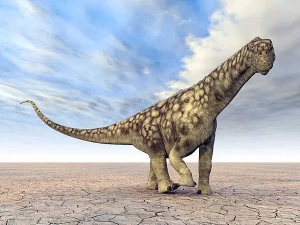
Topping the list of the largest extinct animals is the Argentinosaurus, a colossal sauropod dinosaur that lived during the Late Cretaceous period, around 94 to 97 million years ago. This massive herbivore is estimated to have reached lengths of up to 100 feet or more, with a weight that could surpass 100 tons. Argentinosaurus was characterized by its long neck and tail, making it one of the most iconic and imposing dinosaurs to have ever walked the Earth.
2. Spinosaurus
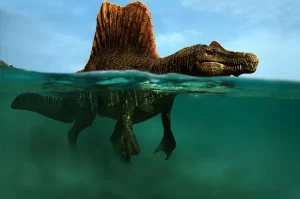
A formidable predator of the Late Cretaceous period, the Spinosaurus is widely regarded as one of the largest carnivorous dinosaurs. With an estimated length of 40 to 50 feet, Spinosaurus possessed a unique combination of features, including a sail-like structure on its back and a crocodile-like snout. It was a dominant force in aquatic environments, preying on fish and potentially even other dinosaurs that ventured into its territory.
3. Megalodon
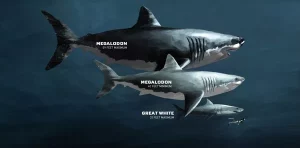
The Megalodon, a prehistoric shark that ruled the oceans approximately 23 to 3.6 million years ago, claims its spot among the largest extinct animals. With teeth measuring up to seven inches in length and a body length that could surpass 50 feet, Megalodon was a fearsome apex predator, preying on marine mammals and other large prey. Its extinction remains a subject of scientific debate, with factors such as climate change and competition for resources being proposed as potential causes.
4. Mammoth (Mammuthus)
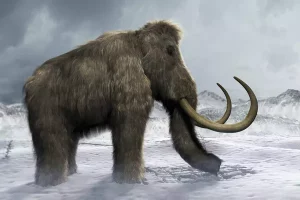
The mammoth, a distant relative of modern elephants, was a massive herbivore that inhabited various regions of the world during the Pleistocene epoch. The woolly mammoth, with its iconic shaggy coat, was particularly adapted to cold climates and could reach heights of up to 14 feet. These majestic creatures became extinct around 10,000 years ago, likely due to a combination of climate change and human hunting.
5. Titanoboa
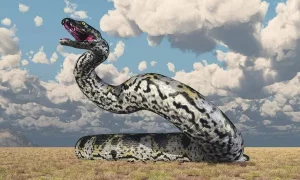
Venturing into the prehistoric world of serpents, Titanoboa claims its place among the largest extinct animals. This enormous snake, which slithered through the ancient rainforests of South America approximately 60 million years ago, reached lengths of up to 40 feet or more. Titanoboa’s massive size was likely a result of the warm and tropical climate of the time, allowing reptiles to grow to unprecedented dimensions.
6. Deinosuchus
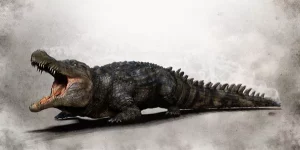
Imagine a crocodile-like creature with a length of up to 33 feet, and you’ll get a glimpse of Deinosuchus, one of the largest crocodylians to have ever existed. Inhabiting North America during the Late Cretaceous period, this massive predator shared its ecosystem with dinosaurs. With a robust build and powerful jaws, Deinosuchus was a top-tier predator, preying on large dinosaurs and other aquatic animals.
7. Paraceratherium
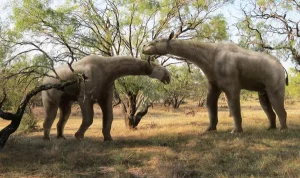
Often referred to as the largest land mammal to have ever existed, Paraceratherium was a massive hornless rhinoceros that roamed Asia and Eastern Europe during the Oligocene and Miocene epochs, around 34 to 23 million years ago. With a height at the shoulders reaching up to 18 feet, these herbivores were adapted to a browsing lifestyle, feeding on leaves and branches in their lush habitats.
8. Quetzalcoatlus
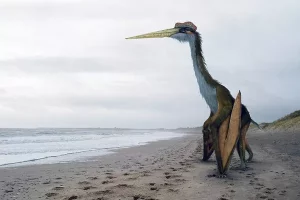
Flying high in the Late Cretaceous skies, Quetzalcoatlus claims the title of the largest flying animal in Earth’s history. With an estimated wingspan of 36 feet or more, this pterosaur soared through the air, covering vast distances in search of prey. Despite their enormous size, Quetzalcoatlus and other pterosaurs were well-adapted to a life of flight, showcasing the incredible diversity of prehistoric creatures.
9. Dunkleosteus
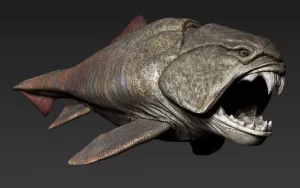
In the ancient seas of the Devonian period, around 358 to 382 million years ago, Dunkleosteus reigned as a formidable predator. With a length of up to 33 feet, this prehistoric fish possessed a heavily armored head and a jaw filled with razor-sharp, bone-crushing plates. As a dominant predator, Dunkleosteus played a crucial role in shaping marine ecosystems, preying on smaller fish and maintaining a balance in the underwater food chain.
10. Giganotosaurus
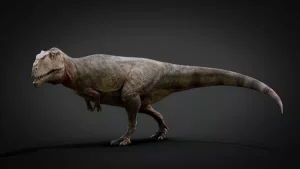
Entering the realm of predatory dinosaurs, Giganotosaurus earns a place among the largest extinct animals. Thriving during the Late Cretaceous period, approximately 98 million years ago, this carnivorous giant rivaled the size of the famous Tyrannosaurus rex. With an estimated length of 40 feet, Giganotosaurus was a fearsome predator, likely preying on large herbivorous dinosaurs that roamed the ancient landscapes of South America.
Conclusion
Exploring the world of the 10 largest extinct animals provides a glimpse into the incredible diversity and adaptations that once characterized Earth’s ecosystems. From towering dinosaurs to massive marine predators, these ancient giants played vital roles in shaping the planet’s natural history. While these colossal creatures have long vanished, their fossils and remnants continue to captivate scientists and enthusiasts alike, allowing us to unravel the mysteries of our planet’s distant past.
You Might Be Interested In:

